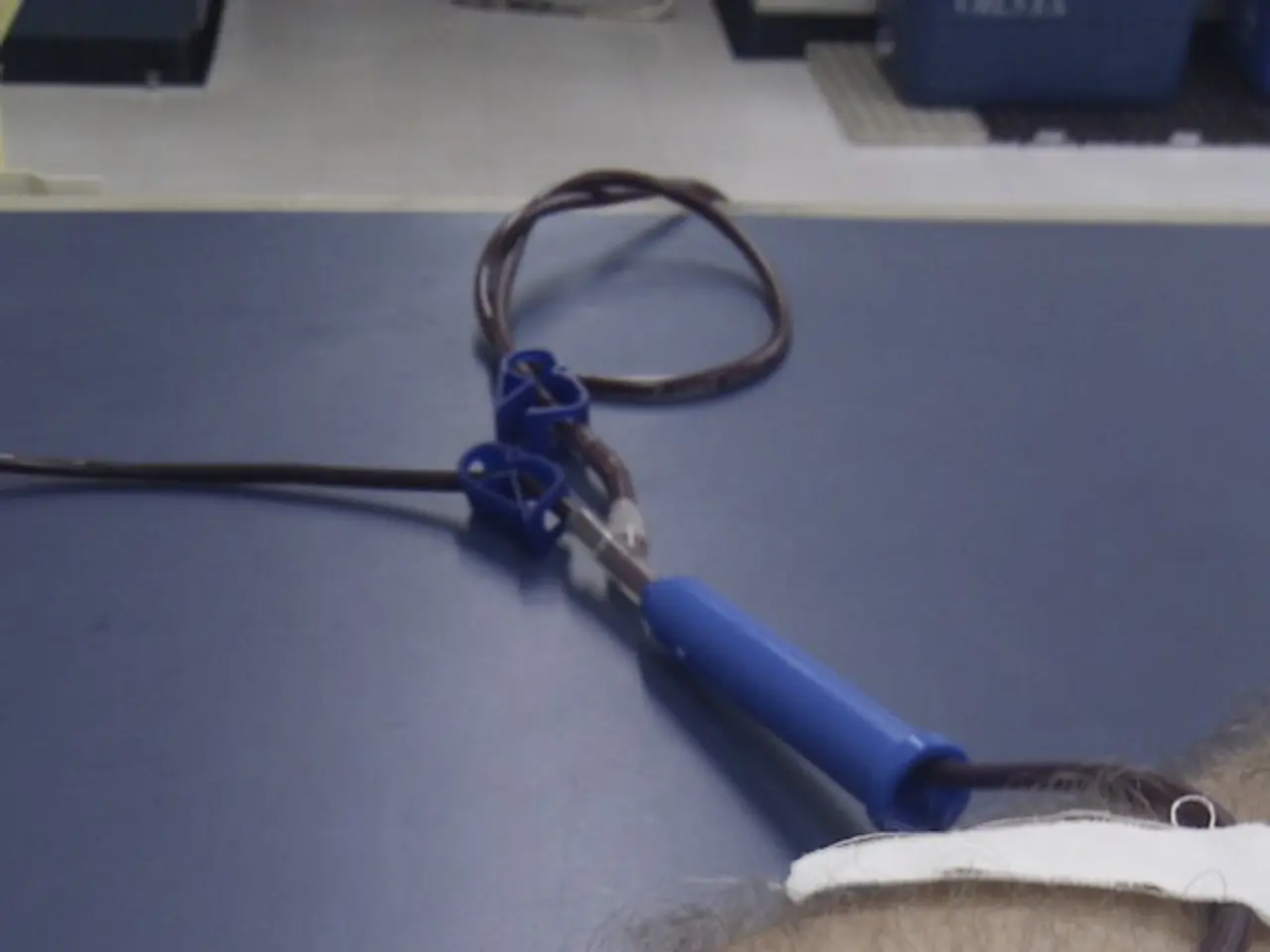Diabetic Kidney Disease Therapy: Specialist Addresses Frequently Asked Questions
In the management of Diabetic Kidney Disease (DKD), a combination of glycemic control, blood pressure management, and specific kidney-protective medications is crucial. Among these, SGLT2 inhibitors, such as Farxiga (dapagliflozin) and Empagliflozin, have emerged as key players in reducing kidney disease progression.
These drugs, including Farxiga and Empagliflozin, work by lowering blood glucose levels by promoting glucose excretion in urine. More importantly, they also reduce kidney injury progression by improving renal hemodynamics and decreasing inflammation and fibrosis in the kidneys.
The Kidney Disease: Improving Global Outcomes (KDIGO) guidelines recommend SGLT2 inhibitors for DKD due to demonstrated benefits in preserving kidney function and lowering the risk of end-stage renal disease (ESRD).
GLP-1 receptor agonists are another recommended adjunct agent to improve glycemic control and provide kidney protection, especially when added to metformin. Studies show that metformin combined with GLP-1 receptor agonists can further reduce the risk of kidney function decline.
RAAS blockade, through the use of ACE inhibitors or angiotensin receptor blockers, remains foundational for blood pressure control and reduction of intraglomerular pressure, limiting DKD progression.
Additional medications like DPP-4 inhibitors and endothelin receptor antagonists may be used but have a lesser direct kidney impact compared to SGLT2 inhibitors and GLP-1 RAs.
Glycemic control remains essential, with targets individualized to avoid hypoglycemia, especially in advanced DKD stages. Tight glucose control reduces microalbuminuria and delays DKD progression.
In summary, Farxiga (dapagliflozin) and Empagliflozin, as SGLT2 inhibitors, are now frontline therapies in DKD management due to their dual glucose-lowering and kidney-protective effects, often combined with RAAS inhibitors and GLP-1 receptor agonists for optimal kidney and metabolic control.
Dr. Avi Varma, an ABMS board-certified family medicine physician and public health advocate, emphasizes the importance of these treatments in managing DKD, stating, "Early identification and appropriate management of Diabetic Kidney Disease are vital to prevent its progression and the potential need for dialysis or kidney transplantation."
[1] Kidney Disease: Improving Global Outcomes (KDIGO) 2021 Clinical Practice Guideline for the Diagnosis, Evaluation, Prevention, and Treatment of Chronic Kidney Disease—Management of Diabetes and Hypertension.
[2] Neal B, Perkovic V, Mahaffey KW, et al. Dapagliflozin and cardiovascular outcomes in type 2 diabetes. N Engl J Med. 2019;380(17):1675-1687.
[3] Marso SP, Zinman B, Wanner C, et al. Empagliflozin, cardiovascular outcomes, and mortality in type 2 diabetes. N Engl J Med. 2015;373(22):2117-2128.
[4] Inzucchi SE, Bergenstal RM, Buse JB, et al. Management of hyperglycemia in type 2 diabetes, 2018. A consensus report by the American Diabetes Association (ADA) and the European Association for the Study of Diabetes (EASD). Diabetes Care. 2018;41(5):777-805.
[5] Zhou Y, Li J, Chen J, et al. Efficacy and safety of GLP-1 receptor agonists for type 2 diabetes: a systematic review and network meta-analysis. Diabetes Res Clin Pract. 2018;143:102-117.
- SGLT2 inhibitors, such as Farxiga and Empagliflozin, are drugs that lower blood glucose levels by promoting glucose excretion in urine, also reducing kidney injury progression by improving renal hemodynamics and decreasing inflammation and fibrosis in the kidneys.
- Among chronic diseases, Diabetic Kidney Disease (DKD) is managed through a combination of glycemic control, blood pressure management, and specific kidney-protective medications, with SGLT2 inhibitors being crucial.
- The Kidney Disease: Improving Global Outcomes (KDIGO) guidelines recommend SGLT2 inhibitors for DKD due to demonstrated benefits in preserving kidney function and lowering the risk of end-stage renal disease (ESRD).
- GLP-1 receptor agonists are another recommended adjunct agent in DKD management to improve glycemic control and provide kidney protection, especially when added to metformin.
- RAAS blockade remains foundational in DKD management, through the use of ACE inhibitors or angiotensin receptor blockers, for blood pressure control and reduction of intraglomerular pressure.
- Tight glucose control, individualized to avoid hypoglycemia, especially in advanced DKD stages, reduces microalbuminuria and delays DKD progression.
- In managing DKD, the Science of medical-conditions like Diabetes Mellitus and chronic-kidney-disease requires a comprehensive approach, often including SGLT2 inhibitors, RAAS inhibitors, and GLP-1 receptor agonists, for optimal health-and-wellness outcomes.




